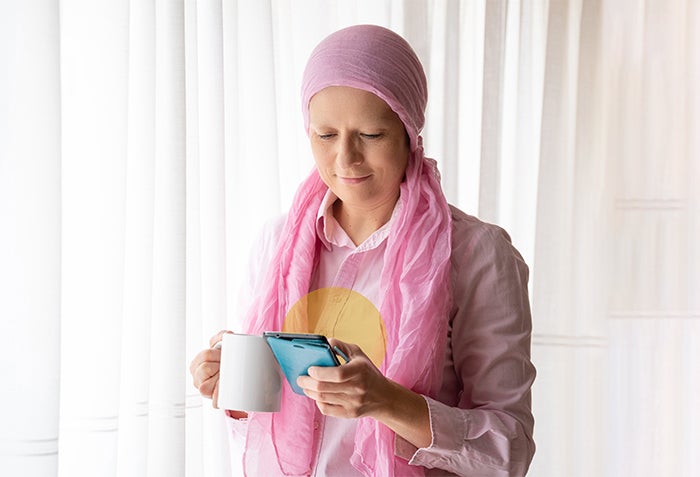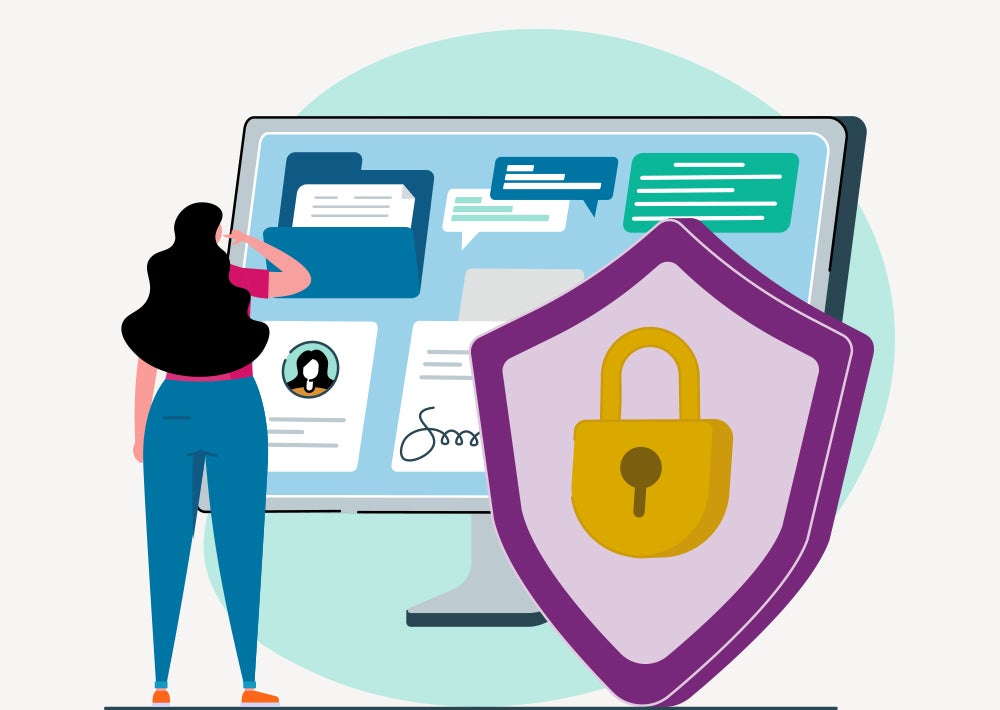
Despite a wealth of available disease information online, many cancer patients still have critical gaps in their knowledge of their condition. Hear from industry experts on how to reach patients with the tools they need to navigate their cancer diagnosis and treatment.
Cancer patients face a modern problem. The internet is awash with disease information, yet many oncology patients have critical gaps in their knowledge of their condition. Exposed to a torrent of information of varying quality from pre-diagnosis onward, patients can struggle to identify and retain what they need to know to take an active role in their care and decision-making. So how can the industry help?
On a recent webinar, Phreesia and Fierce Pharma convened experts to discuss ways to connect cancer patients to education and support. Jenny Kite, Director, Patient Partnerships, Astellas, summed up the knowledge problem patients face. “All this information is out there, but it’s like a junk drawer. It’s in there, but good luck finding it,” Kite said.
Kite and her fellow panelists are working to help cancer patients find the content and resources they need to navigate their condition. Here, we look at three techniques they have successfully deployed.
1. Engage, then act
Engaging with patients is critical to understanding the type of education and support they need to manage their disease, and the panelists provided concrete examples of how they capture and act on patient feedback.
Laurie Meyers, Executive Director of Engagement and Experience Design, Genentech, said that while it sounds easy, really listening to patients and their care partners is something that takes time. Meyers shared examples of the key questions Genentech asks when it surveys patients about its support programs.
“The two questions that we dig into are, ‘How easy is it for you to be able to navigate these programs?’ and ‘How satisfied are you?’ I think those two questions are super important,” Meyers said. The answers show whether programs are actually working for patients.
Kite added that Astellas has patients, advocacy groups and caregivers work alongside its internal teams to co-create content and understand the needs of the community. The external stakeholders are sometimes even part of regular team meetings, giving them a platform that has led to changes at Astellas. “I’ve seen just a ton of innovation in the last couple years, in some cases really flipping programs on their head and saying, ‘Hey, you’re doing this totally wrong. Let’s do this other way,’” Kite said.
2. Consider where patients are in their journey
As cancer treatments get more precise and personalized, general content that isn’t tailored to patients and where they are on their cancer journey holds less value. For each cancer type, and at each juncture, patients occupy distinct headspaces and have particular support and education needs. Understanding those needs—and delivering content tailored to them—can help overcome overload and give patients what will help them most at that time.
Alexandra Beneville, VP, Content Strategy, Phreesia, said companies should avoid throwing everything at patients at the same time. Instead, “match the moment to the content and to the need,” Beneville said. A patient who is waiting to meet their physician will value different content than a patient who is researching advocacy groups at home.
Nick Lucente, Executive Director of Oncology Patient Marketing, Bayer, discussed how his team is putting that thinking into practice.
“Part of that is working with different teams, like our nurse education team, for example, and making sure they’re working to match content in that moment depending on where patients are in their own journey,” Lucente said.
3. Partner with the advocate community
But, as Meyers put it, “as a pharma organization, we cannot move the needle on these things alone.” The solution the panelists proposed is to work with patient advocacy groups. Meyers cited Genentech’s work on liver cancer as an example of the power of collaboration.
“This is an area where our advocacy teams have been able to partner with advocacy groups that we know are able to reach patients. The way that they’re able to help with education is moving that needle in a way that the partnership helps. We can’t do that alone,” Meyers said.
Kite discussed how alliances with advocacy groups succeed at Astellas. “They have proven that they’re really good at connecting at the right time with the right patient in a way that the patient can understand,” she said. Now, she’s working to connect patients and caregivers to the advocacy community sooner in their diagnosis and empower nurses and nurse navigators to deliver relevant information in a meaningful way.
All participants are paid employees of their organization. Statements of fact, positions taken and opinions expressed are those of the participants individually and, unless expressly stated to the contrary, do not necessarily reflect the opinion or position of the their employer.
Find out how Phreesia can help you reach clinically relevant patients to help drive awareness of their condition, treatment and support offerings.


